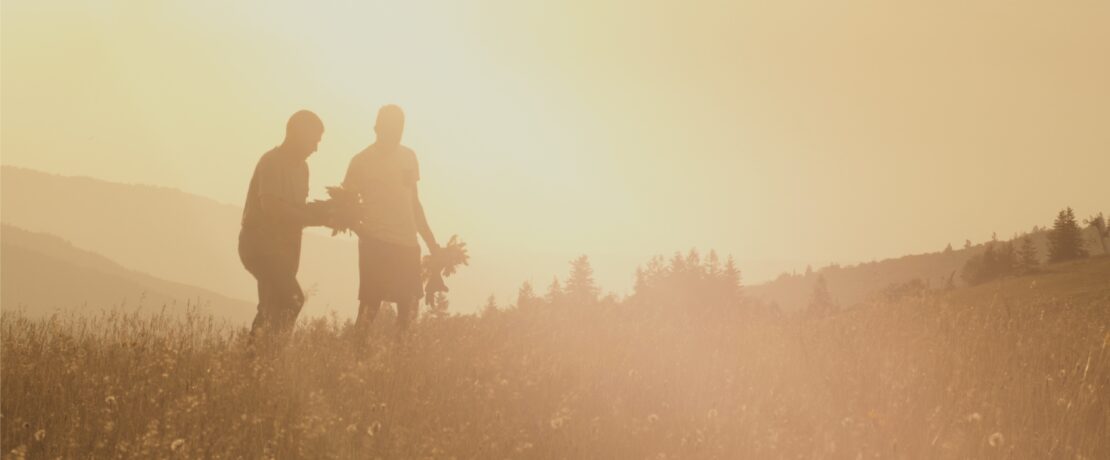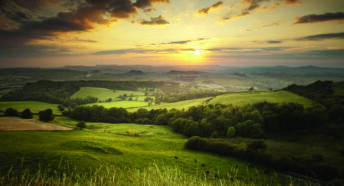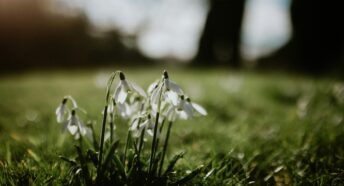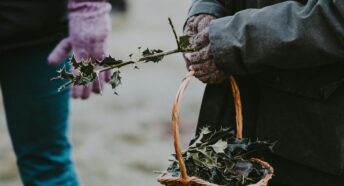Folklore of the land
England is rich in place-based customs, stories and traditions. From morris dancing to Robin Hood, from birds predicting the weather to mermaids swimming beneath mountain peaks, folklore permeates the history of the land. This month we’re journeying back to find out more about the folklore of our countryside…
As a concept, ‘folk-lore’ has only existed since it was coined on 22 August 1846, when British writer William John Thorns used the term for the first time in a publication. In honour of this, World Folklore Day is celebrated by many on this date, offering an invitation for us to explore the hidden histories of our local landscapes!
What is folklore?
Folklore has a wide scope but can include, according to the Folklore Society: ‘traditional music, song, dance and drama, narrative, arts and crafts, customs and belief’. For indigenous cultures worldwide, stories and songs have been passed down from ancestors and are still shared and honoured with regularity and reverence today. In many western countries, this narrative tradition and many ancient customs have been lost, but in some places, there are whispers that remain, and many practices and celebrations are now experiencing a revival.
Take the legend of John Barleycorn, for instance, a personification of the barley crop often featured in poetry and music, quoted here from the Robert Burns poem:
‘They took a plough and plough’d him down,
put clods upon his head,
and they hae sworn a solemn oath
John Barleycorn was dead.’
Versions of this song date back to the reign of Queen Elizabeth I, although some suggest it is far older, emerging from pagan beliefs in a god of the land, sacrificed each year to ensure a bountiful harvest.
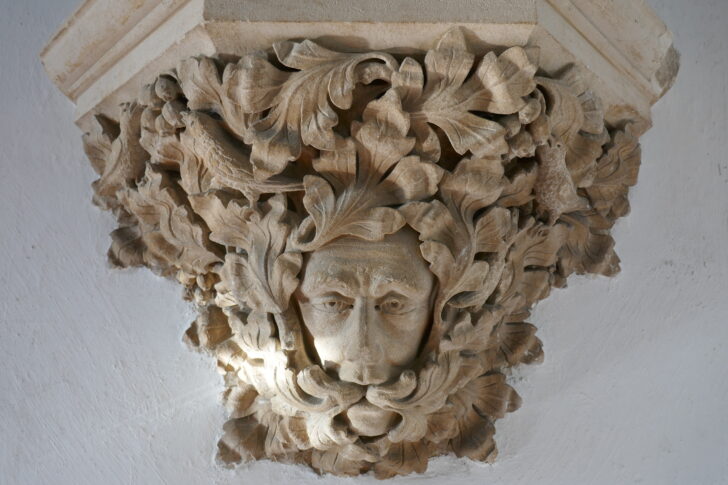
There’s also the Green Man, a foliage-covered face depicted in paintings and sculptures, believed to be a symbol of the ongoing cycle of life, death and rebirth. Although the term ‘Green Man’ dates back only to the 20th century, his face has been found carved into wood and stone in medieval churches and cathedrals. While his origins are swirled in mystery, his presence remains; his guise is often used by organisations with earth-centred values, and an image of his face was even included on the invitations to the coronation of King Charles III earlier this year.
Farming rituals
It’s no surprise that people turned to stories and mythical figures in the past. For many, it was a way to understand unpredictable weather and seasonal change and to make sense of things that science could not yet explain
As far back as 6,000 years ago, our agricultural ancestors were led by the farming year, sowing seeds and encouraging new life in the spring, nurturing the abundance of the fields in summer, harvesting the crop in autumn, and allowing a fallow period of rest in winter. Over time, festivals began to emerge to honour this cycle. Lammas (1 August) was a celebration of the grain and marked the start of the harvest season, with Samhain (31 October) – ‘summer’s end’ – closing this phase of the year. Although we are no longer an agricultural society, remnants of these festivals can be seen in the modern world; churches often host a harvest festival service, and village fetes and fairs celebrate local produce and customs.
With September calling, we look to the festival that marks the midpoint of harvest season, the Autumn Equinox (this year taking place on 23 September), a celebration of the fruit harvest. Ancient tales tell of people giving thanks to the radiant Harvest Queen, and honouring the apple in particular, a symbol of regeneration thanks to the seeds contained within its flesh. It is a reminder that these marker points in the year offer us an opportunity to consider our own lives too: what might we give thanks for at this time of year?
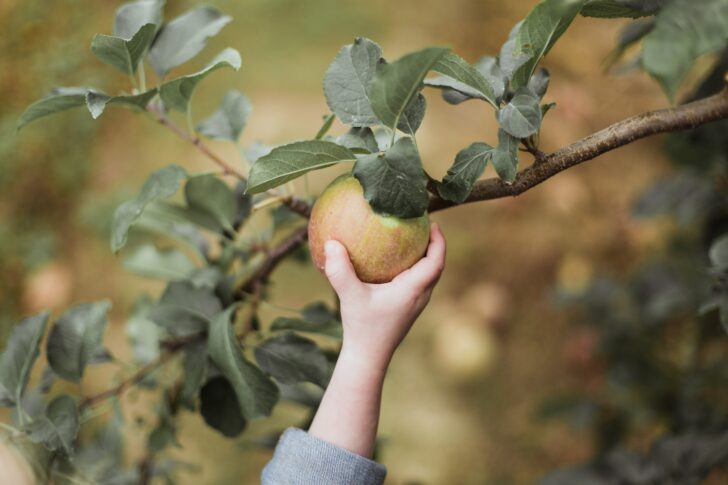
Whether you choose to focus on gratitude, find an apple day festival, make a corn dolly to replant in the spring, or craft your own version of the Green Man, think about the customs and beliefs that have been present throughout history in your local area. How can we honour the folklore of the land? How might we (re)connect with what’s on our doorsteps?
For the charity Common Ground, it’s all about embracing ‘local distinctiveness’ of honouring and uplifting folklore and customs to cultivate a rich and diverse tapestry of life. There’s no desire to see the past through a nostalgic lens, rather we can replant the symbols and sayings of our history and consider what wisdom they might offer us now.
This harvest season let’s explore our local landscapes and see what stories and folklore might be lingering just beneath the surface!
About the author
Eleanor Cheetham is a writer and teacher based in Lincolnshire, forever inspired by seasonal change and the folklore and stories of the land.
